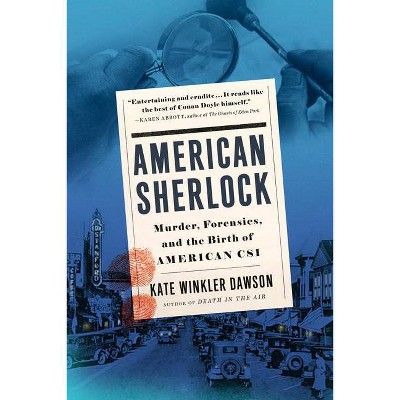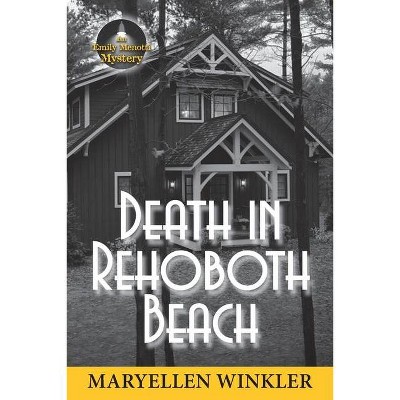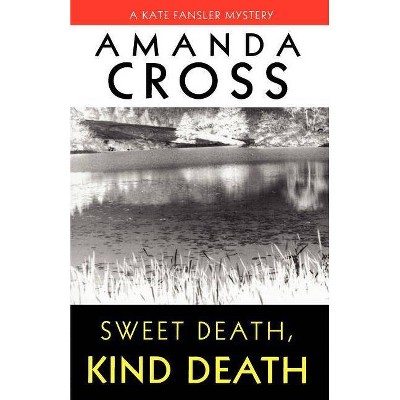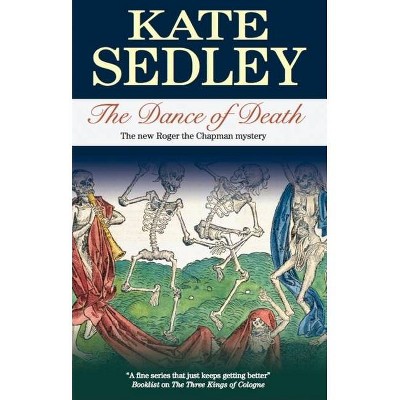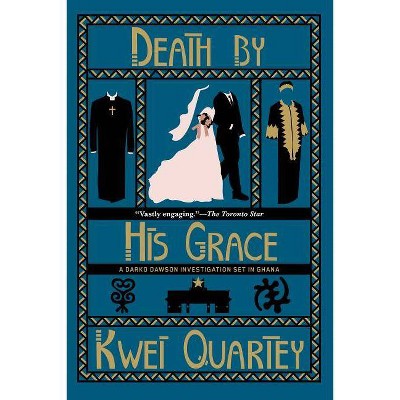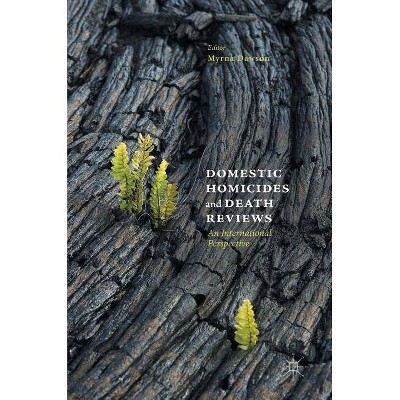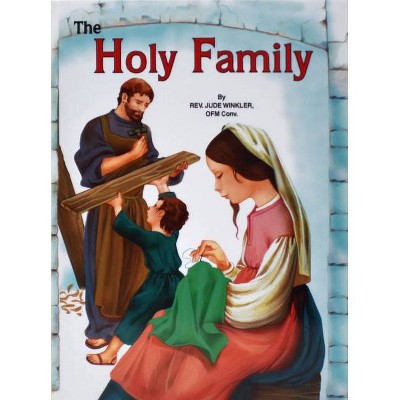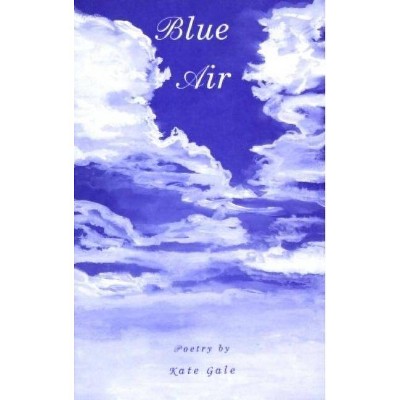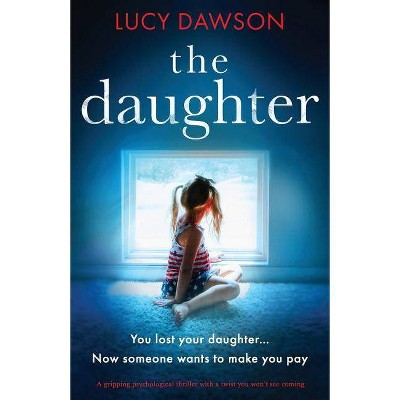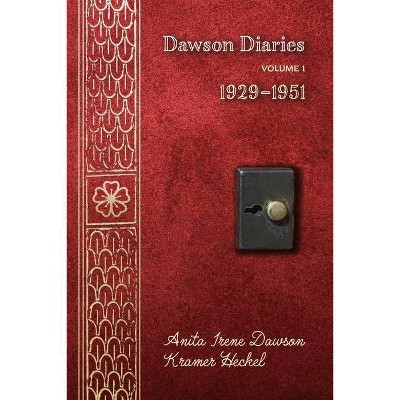Death in the Air - by Kate Winkler Dawson (Paperback)
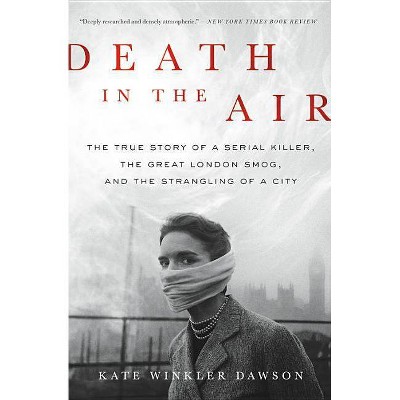
Similar Products
Products of same category from the store
AllProduct info
<p/><br></br><p><b> Book Synopsis </b></p></br></br><b>A real-life thriller in the vein of <i>The Devil in the White City</i>, Kate Winkler Dawson's debut <i>Death in the Air </i>is a gripping, historical narrative of a serial killer, an environmental disaster, and an iconic city struggling to regain its footing. </b> <p/> London was still recovering from the devastation of World War II when another disaster hit: for five long days in December 1952, a killer smog held the city firmly in its grip and refused to let go. Day became night, mass transit ground to a halt, criminals roamed the streets, and some 12,000 people died from the poisonous air. But in the chaotic aftermath, another killer was stalking the streets, using the fog as a cloak for his crimes. <p/> All across London, women were going missing--poor women, forgotten women. Their disappearances caused little alarm, but each of them had one thing in common: they had the misfortune of meeting a quiet, unassuming man, John Reginald Christie, who invited them back to his decrepit Notting Hill flat during that dark winter. They never left. <p/> The eventual arrest of the Beast of Rillington Place caused a media frenzy: were there more bodies buried in the walls, under the floorboards, in the back garden of this house of horrors? Was it the fog that had caused Christie to suddenly snap? And what role had he played in the notorious double murder that had happened in that same apartment building not three years before--a murder for which another, possibly innocent, man was sent to the gallows? <p/> The Great Smog of 1952 remains the deadliest air pollution disaster in world history, and John Reginald Christie is still one of the most unfathomable serial killers of modern times. Journalist Kate Winkler Dawson braids these strands together into a taut, compulsively readable true crime thriller about a man who changed the fate of the death penalty in the UK, and an environmental catastrophe with implications that still echo today.<p/><br></br><p><b> Review Quotes </b></p></br></br><br><i>Death in the Air</i> by Kate Winkler Dawson is a fascinating, beautifully researched, and compulsively readable book, which tells the entwined stories of the Great London Smog of 1952 and a serial killer, John Reginald Christie, who exploited the fog as a cloak for murder. This is a portrait of London at one of its darkest and most desperate times. Not since <i>The Devil in the White City</i> has a book told such a harrowing tale.--<i><b>Douglas Preston, #1 NewYork Times bestselling author of The Monster of Florence and TheLost City of the Monkey God</b></i><br><br>A deranged maniac plays Fleet Street's reporters like a fiddle at the same time that an industrial-age climate disaster explodes into a full-blown humanitarian crisis. Richly detailed and shrewdly told, Kate Winkler Dawson's <i>Death in the Air </i>is as suspenseful as it is chillingly relevant.--<i><b>Robert Kolker, NewYork Times bestselling author of Lost Girls</b></i><br><br>A London peasouper hangs over the city as a serial killer stalks its streets! This is a true tale of criminal violence against the backdrop of one of the worst environmental disasters of all time, one that led to the death of 12,000 people. It is a narrative that has relevance to the world's pollution problems of today and is also an engrossing read.--<i><b>Christine L. Corton, author of London Fog: The Biography</b></i><br><br>Dawson deftly weaves the tales together in an engrossing narrative that reads like a thriller.... readers will remain hooked on this compelling story and will eagerly await Dawson's next book.--<i><b>Kirkus</b></i><br><br>Dawson has reached deep into the past and pulled forth a spellbinding, darkly gothic tale of two serial killers--only one of which was human. <i>Death in the Air</i> surprised me, entranced me, and changed the way I see one of the most urgent issues facing the world today.--<i><b>AlexandriaMarzano-Lesnevich, author of The Fact of a Body</b></i><br><br>Deeply researched and densely atmospheric.--<i><b>New York Times Book Review</b></i><br><br>Evocative . . . vividly atmospheric . . . The narratives add up to a grim, Dickensian portrait of postwar London: broke, grimy, dejected, deranged around the edges, and gasping for breath.--<i><b>Publishers Weekly</b></i><br><br>For five days in December of that year, London was blanketed by a yellow toxic vapor that smothered its inhabitants. Journalist Kate Winkler Dawson has written an intriguing book about this silent disaster, which was borne out of a perfect storm of freak weather patterns and environmental ignorance. . . . The lessons for the present, Dawson suggests, are as clear as the air in front of our eyes.--<i><b>Maureen Corrigan, "Fresh Air"</b></i><br><br>I was seven, and living in London, when these two dreadful and murderous events uncoiled, and I--asthmatic as a result--remember them still. It seems to me that only an outsider, a non-Londoner, could possibly bring them so vividly, so excruciatingly and so unflinchingly back to life. Kate Winkler Dawson has done the history of my city a great service, and she is to be commended for telling a terrible tale memorably and brilliantly.--<i><b>Simon Winchester, NewYork Times bestselling author of The Professor and the Madman</b></i><br><br>In 1952, post-World War II London was battling more than reconstruction, and Kate Winkler Dawson's <i>Death in the Air: The True Story of a Serial Killer, The Great London Smog, and the Strangling of a City</i> is a stellar examination of a turbulent time in the city's history. . . . Dawson's background in documentaries and journalism makes this journey more than just a retelling of the facts. She tracked down people who lived it, and now readers will vividly experience that period as well.--<i><b>Associated Press</b></i><br><br>Journalist Dawson writes the parallel, shocking histories of the suffocating smog that menaced London, ultimately killing thousands, in December 1952, and a serial killer's salacious murders and trial the following year. Focusing on the powerful press' response to both killers and offering food for thought on what constitutes crime, responsibility, and progress, Dawson delves into heated parliamentary debates between Churchill's Conservative cabinet and Laborite agitators; first-person accounts from doctors, policemen, and other smog survivors; court records; and Christie's own, jaw-dropping account of his murders.--<i><b>Booklist</b></i><br><br>Just when you think true crime can't get more interesting, here comes Kate Dawson with her imaginatively conceived and meticulously researched tale about Reg Christie, the fastidious, soft-voiced London clerk who embarks on a vicious killing spree in 1952 just as a deadly fog descends on London. But <i>Death in the Air</i> is hardly another study of a depraved serial killer. It's also a riveting history of London in the years after World War II--a city beset by political cover ups and misguided police investigations. Dawson's ability to weave together so many separate strands of one story is simply magnificent.--<i><b>Skip Hollandsworth, author of The Midnight Assassin: The Hunt for America's First Serial Killer</b></i><br><br>Kate Winkler Dawson's <i>Death in the Air: The True Story of a Serial Killer, The Great London Smog, and the Strangling of a City</i> is a stellar examination of a turbulent time in the city's history. . . . Dawson's background in documentaries and journalism makes this journey more than just a retelling of the facts. She tracked down people who lived it, and now readers will vividly experience that period as well.--<i><b>Associated Press</b></i><br><br>Ms. Dawson, a journalist and documentary producer, is an assiduous researcher...her portraits of the ordinary people confronted by the depredations of the fog and Christie are moving. Ms. Dawson cogently argues that the Conservative government's response to the crisis was shameful: It did everything it could, seemingly, to cover up the extent of the catastrophe and avoid addressing the emergency.--<i><b>Wall Street Journal</b></i><br><br>Tendrils of sickening fog creep everywhere in this book, and terror lurks in the shadows. Dawson skillfully weaves these two events into a substantial narrative that will appeal to all types of readers.--<i><b>Library Journal (starred review)</b></i><br><br>What's great about <i>Death in the Air</i> is not just its stunning premise, but also its deep reach into the life of London in the mid-twentieth century. It's a wonderful read. Welcome to the metaphysics of fog.--<i><b>S. C. Gwynne, NewYork Times bestselling author of Empire of the Summer Moon and RebelYell</b></i><br><br>What's scarier: A murderous madman (now known to be John Reginald Christie) or an environmental disaster?--<i><b>Los Angeles Times</b></i><br><p/><br></br><p><b> About the Author </b></p></br></br><b>Kate Winkler Dawson</b> is a seasoned documentary producer, whose work has appeared in the <i>New York Times</i>, WCBS News and ABC News Radio, Fox News Channel, United Press International, <i>PBS NewsHour</i>, and <i>Nightline</i>. She teaches journalism at The University of Texas at Austin.
Price History
Price Archive shows prices from various stores, lets you see history and find the cheapest. There is no actual sale on the website. For all support, inquiry and suggestion messages communication@pricearchive.us
